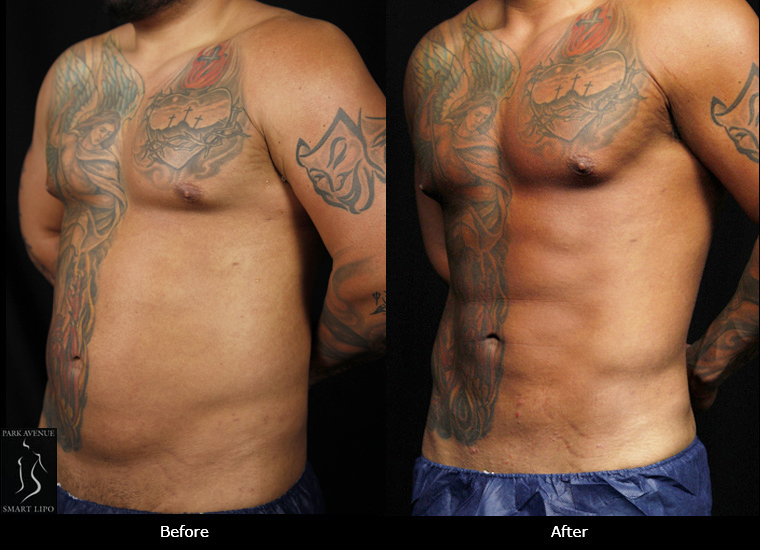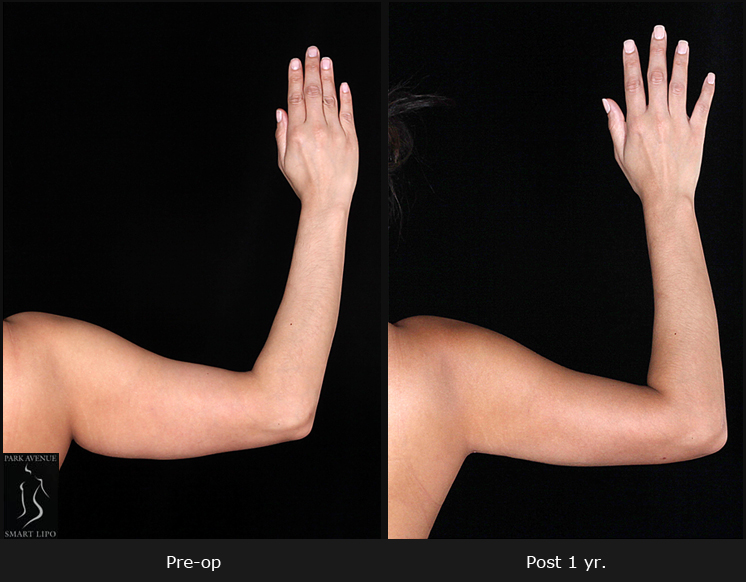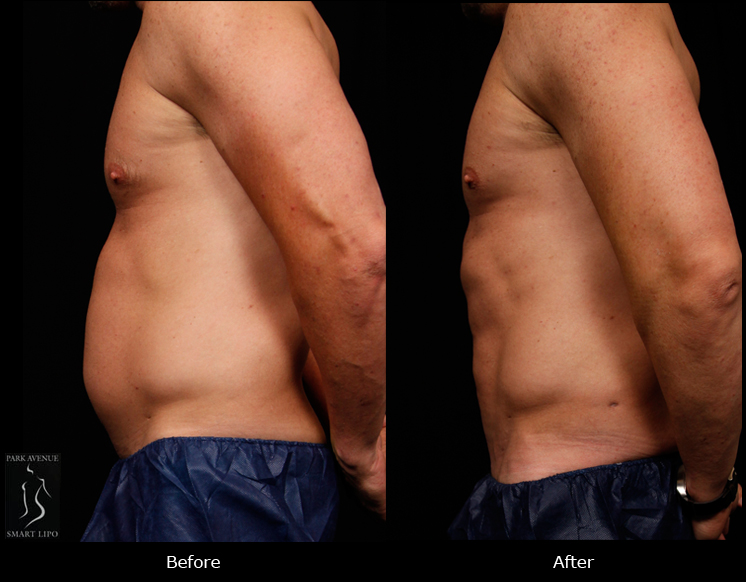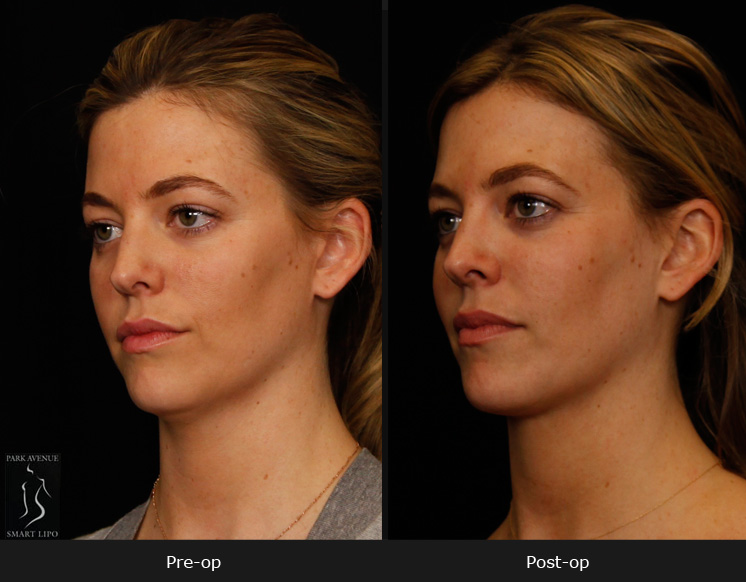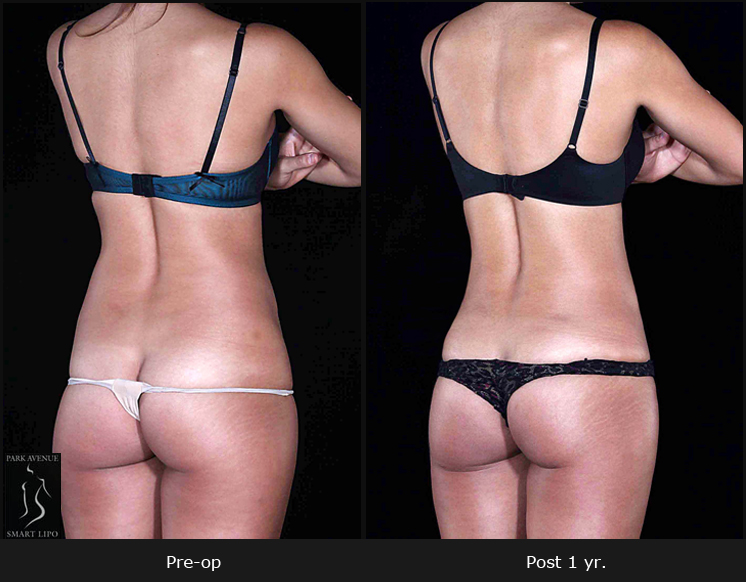Liposuction surgery is a cosmetic surgery procedure that removes unwanted fat by liquefying and suctioning it off using a cannula. Areas that can be effectively contoured include the abdomen, thighs, upper, buttocks, neck, chin, arms, calves, and back. If you are considering liposuction surgery, it’s important to know what the treatment can do as well as what it cannot accomplish.
Rather than any physical health benefits, liposuction is basically used to improve a person’s appearance. According to experts, you should go in for the treatment only if you cannot get rid of unwanted localized deposits of fat through diet and exercise. The volume and size of fat cells increase as you gain weight and what liposuction can do is reduce the number of fat cells in specific areas. The plastic surgeon determines how much fat to remove depending upon the extent of fat and its appearance. If you want your body contouring results to last, you should follow a healthy diet and exercise regimen and take care not to put on weight.
One of the most important things you should know is that lipoplasty is not a solution for long-term weight loss or obesity. Also, this plastic surgery procedure cannot resolve stretch marks, dimpling, cellulite, or other skin surface irregularities.
You should also have realistic expectations as the results of the surgery are subtle and not dramatic. Those with good skin tone and elasticity can expect more enhanced results. Certain conditions could benefit from liposuction surgery when treated in the right way
- Lymphedema – collection of fluids in the tissues
- Lipomas – benign tumors
- Lipodystrophy syndrome – imbalanced fat distribution
- Gynecomastia – enlarged male breasts
- Extreme weight loss after obesity
You should discuss all the pros and cons of the procedure with your primary care physician before you decide to proceed. Those with weakened immune systems, diabetes and heart disease should not have liposuction. Candidates need to be above 18 years of age. The right cosmetic surgeon would discuss all the risks and benefits of the procedure at the outset so that you can make an informed decision.

